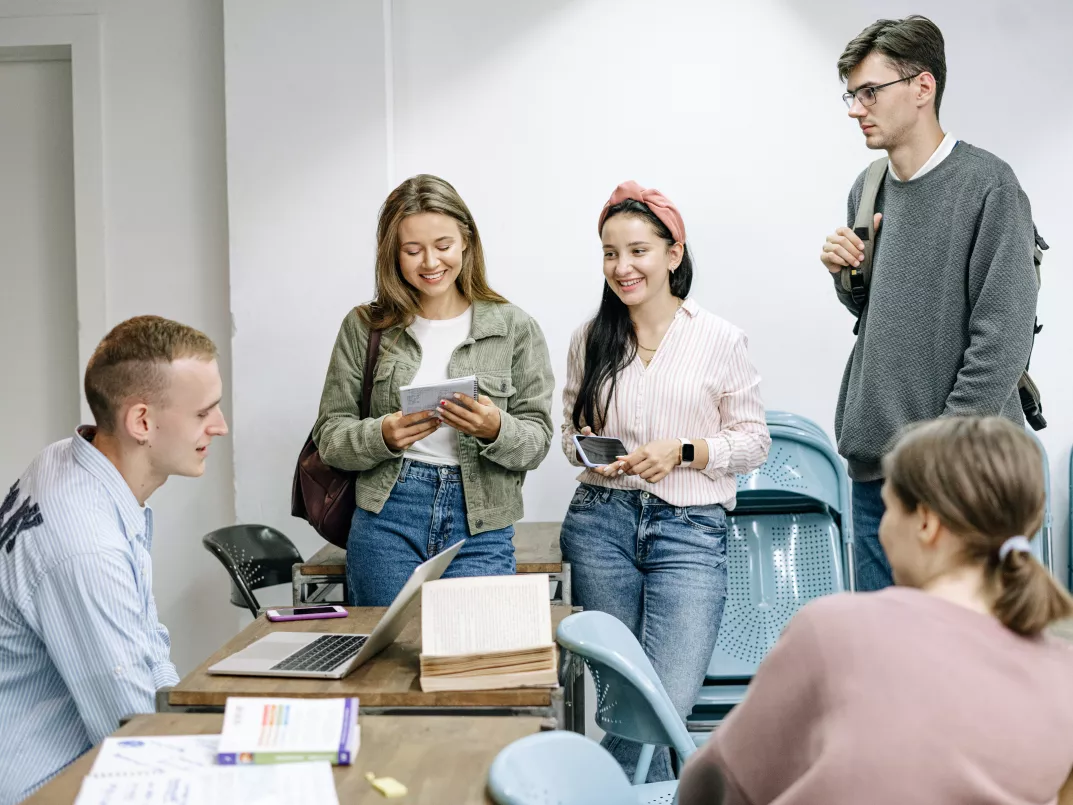
Large Scale Blended Learning Design in an Interprofessional Undergraduate Course in Norway: Context Description and Supervisors’ Perspective
Society’s demands for better coordination of services for children are increasing. Interprofessional collaboration should there be extended beyond health and social care professions to also include professions such as teaching. In this study, students from teacher educations, health and social care programmes attained a new blended learning interprofessional course.
Publisert i Forskningspublikasjoner Mandag 4. oktober, 2021 - 12:43 | sist oppdatert Tirsdag 5. oktober, 2021 - 12:30
Forskere: Kari Almendingen, Jūratė Šaltytė Benth og Marianne Molin.
Abstract
Background: Society’s demands for better coordination of services for children, young people and their families, are increasing. Many professionals learn about collaboration in their specific professions without having the opportunity to collaborate across study programmes while undergoing pre-service training. Although interprofessional learning (IPL) has been suggested to achieve better services, better outcomes and reduced costs, IPL studies have mainly been restricted to health care.
Aim: to describe the transformation of an IPL course with plenary activities into an IPL blended learning course approach (no plenary activities) in conjunction with a quadrupling of the number of students, and to reflect on the possibilities and limitations related to structural and outcome aspects.
Methods: Design: exploratory cross-sectional study. Students (n=1,401) from teacher educations, health and social care study programmes worked in 196 IPL groups using a combination of digital learning resources and face-to-face discussions, during two days of seminars and through a group submission assignment. Supervisors (n = 39, response rate 61%) evaluated the course delivery through an online questionnaire.
Results: Three quarters of the supervisors were highly satisfied with the use of ‘student-active learning methods rather than lectures’, and the IPL blended learning approach. They ranked the students’ learning outcomes from the face-to-face activities on campus twice as high as that of the assignment, and three times higher than that of the syllabus. Nearly (92.3%) agreed that the blended learning IPL course was relevant for professional practice when working with children, young peoples and their families.
Conclusions: Blended learning is a feasible approach in the context of large-scale IPL. Supervisors agreed that the course was relevant to pre-service training on working with children, young people and their families. Since curriculums in professional studies are strictly regulated, this study may be useful for educators in higher education extending IPL beyond health care.
Les hele artikkelen her: